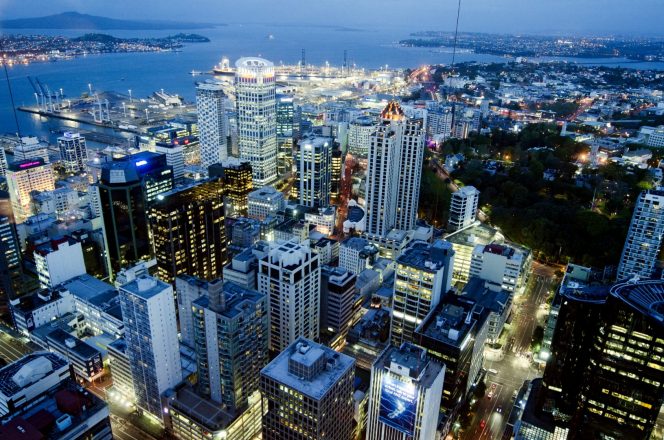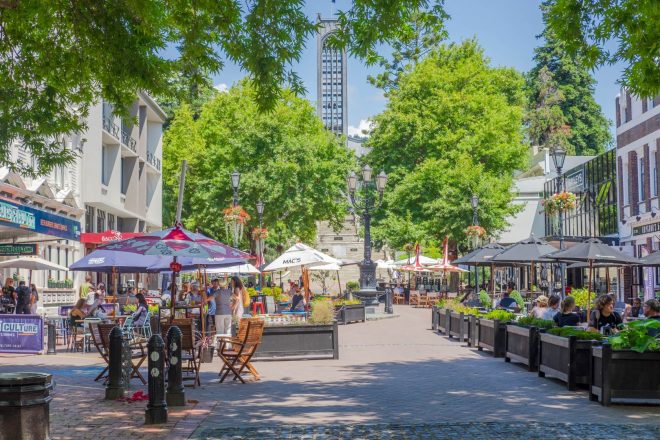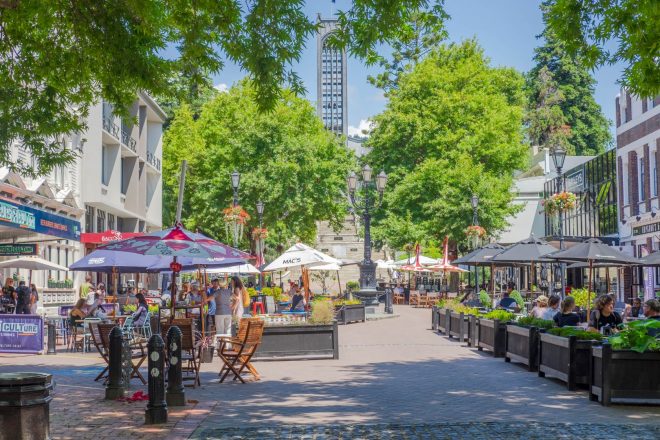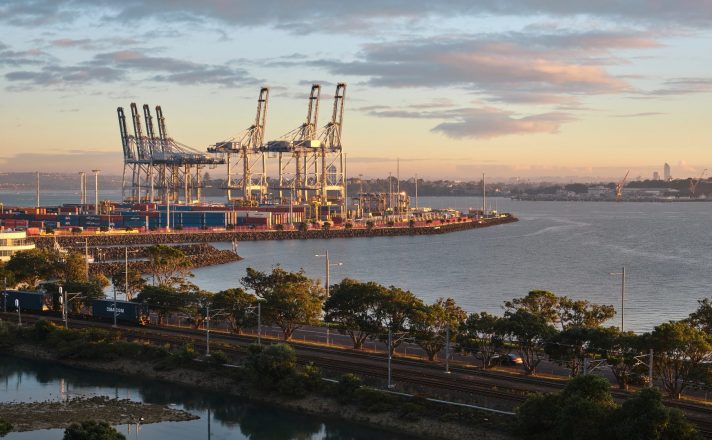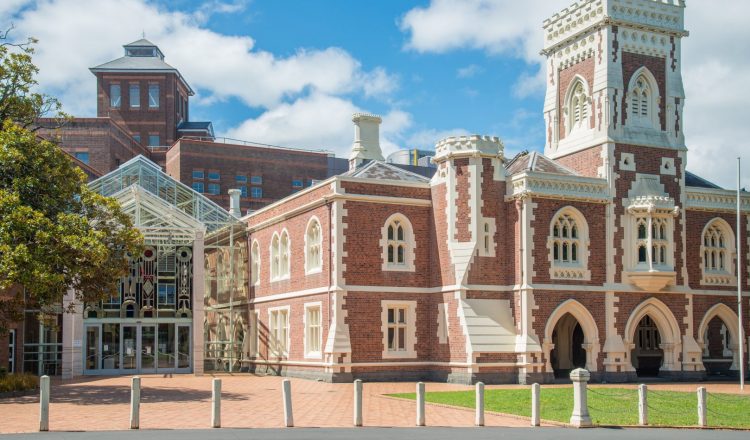OIOの同意を得ることには何が含まれていますか
アプリケーション
このプロセスは、投資家がOIOに申請書を提出することから始まります(所定の形式)。OIOが必要とするすべての情報を受け取り、評価申請を受理すると、申請料が支払われます。これらのファイリング手数料は、アプリケーションの性質によって異なります。
(a) 重要なビジネス資産アプリケーションに関して 32,000 ドル
(b) 37,500ドル — 機密土地用途に49,000ドル。そして
(c) 52,000ドル — 機密性の高い土地/重要なビジネス資産を組み合わせたアプリケーションに対して54,000ドル。
テンプレートアプリケーションレターは OIO から入手できます。ただし、投資ごとに異なるため、OIOは投資家が早い段階で申請に関する法的助言を求めることを推奨しています。
タイミング
OIO は、アプリケーションの処理時間に関する前もってガイダンスを提供しません。期間は、アプリケーションの性質によって異なります。特に、より複雑な「敏感な土地」のアプリケーションには時間がかかります。
最近の経験に基づいて、アプリケーションにはおよそ次のものを取ることが期待されます。
(a) 重要なビジネス資産アプリケーションの場合、5 ~ 6 か月
(b) 機密土地適用で6~9か月。
ただし、これらの時間枠には確実性がなく、トランザクションの複雑さとOIOのワークロード(その他の要因など)によっては、アプリケーションの処理にかなりの時間がかかることがあります。
法定時間枠は、2021年6月までに政権に導入される予定であり、これにより、より高い確実性と説明責任がもたらされる。
国益検定
OIOは、国益に反すると考える取引に同意しません。試験は大部分が裁量的であるが、対象事業が戦略的に重要な事業を運営しているのか、あるいは投資家が外国政府によって一部または完全に所有または管理されているかどうかなど、国益の決定に関連する要因がある。戦略的に重要な事業には、重要な直接サプライヤーであり、港湾や空港、発電、水道インフラ、電気通信、金融市場インフラストラクチャ、または大きな影響を与えるメディア事業が含まれます。
同意申請の事項
このアプリケーションは、海外の人が関連するビジネス経験を持ち、財政的にコミットしており、優れた性格を持っているかどうかに焦点を当てています。
投資が機密土地への関心を伴う場合、申請者は購入がニュージーランドに純利益をもたらすことを証明する必要があります。OIOは、そのような買収を評価する際に、投資が次のようになるかどうかなど、多くの要因を調べます。
(a) 新しい雇用機会を創出する。
(b) ニュージーランドに新しい技術、または経営上または技術的スキルを紹介すること。
(c)輸出領収書の増加、または新しい輸出市場の開発または市場アクセスの増加。
(d) 競争に加え、効率や生産性の向上を図る。
(e) ニュージーランドで利用可能なサービスを強化する。
(f) 開発目的での追加投資をニュージーランドに導入する。
(g) ニュージーランドの主要製品の処理を増やす。
投資の利益の決定に関連する上記のいくつかの要因を評価するために、OIOは「カウンターファクチュアルテスト」と呼ばれるテストを適用します。このテストでは、提案された投資が「ある」ニュージーランドへの利益と、提案された投資が「ない」とどうなるか(ニュージーランドのバイヤーが土地を取得した場合など)の違いを評価します。
申請者は、今後の機密土地をどのように管理するかを詳述する投資計画と支持声明を提供する必要があります。この文書は、定められた計画の遵守がほぼ常に同意の条件であるため、重要な試金石です。
農地、水路、海岸の特別な規則
海外人が農地を取得したい場合、または農地を所有する会社の株式を取得したい場合は、OIOが海外人による購入に同意する前に、その土地をニュージーランドで20営業日(海外人ではない人に)販売する必要があります。
クラウンは、特定の水路または前海および海底の土地の床を構成する特定の土地の購入を最初に拒否する権利を有します。
海外人が面積5ヘクタールを超える農村地帯への投資を希望する状況では、OIOによって次の「利益」要因が重要視されています。
(a) 雇用の創造
(b) 新技術およびビジネススキルの導入
(c) 輸出領収書の増加
(d) ニュージーランドにおける主要製品の処理が増加し、
(e) ニュージーランドの監督または関与の機会があるかどうか(ニュージーランドの取締役またはニュージーランド本社など)。
林業投資に関連して、一次製品の処理が増加し、重要な政府政策の推進が特に顕著である。
コンプライアンスの継続的な監視
OIOは、投資家が法律、同意申請でなされた表明、およびOIOによって課される同意の条件を遵守していることを確認するために、海外個人の取得後の活動を監視します。
同意の条件の中で共通の要件は、申請者(または申請者を支配する個人)が引き続き良好な性格を持つことです。この条件およびその他の同意条件(例えば、雇用の増加やさらなる発展など、ニュージーランドへの投資の利益に直接関係するもの)については、継続的な報告要件があります。
海外投資法では、その規定に違反した場合には、様々な罰則が定められている。これには、必要な同意を得ずに海外投資を進めるための団体企業に対して最大300,000ニュージーランドドルの罰金、同意条件を遵守しなかった場合の最大10万ニュージーランドドルの罰金が含まれます。重大な違反の場合、OIOは裁判所の財産の処分命令を求めることができます。

















































